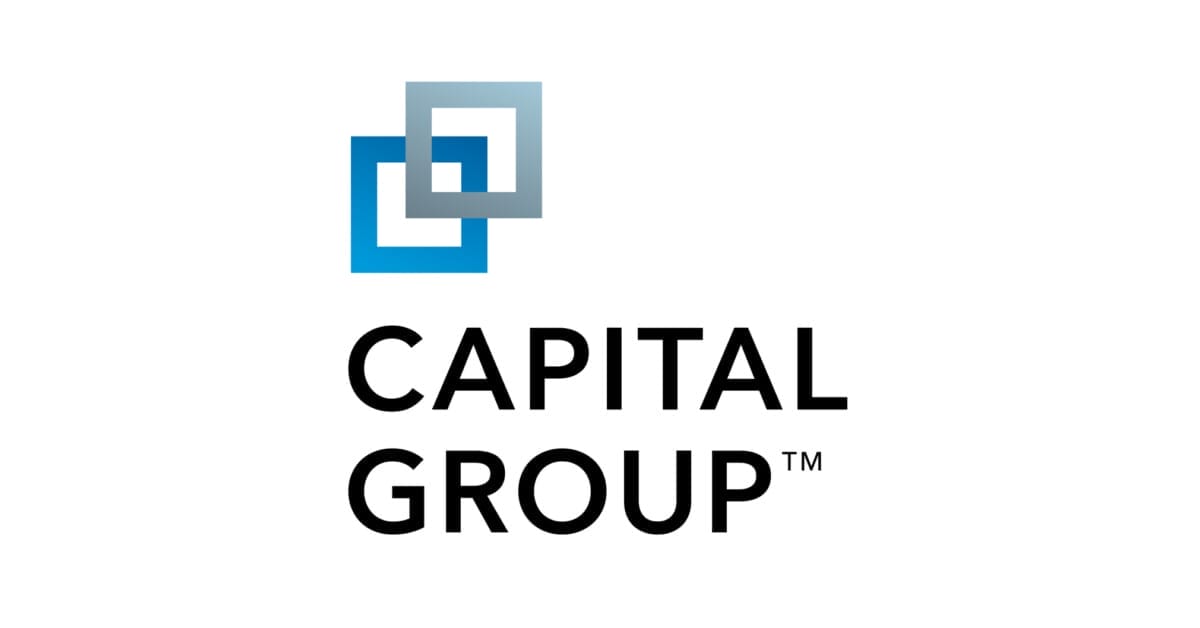Asset allocators are facing heightened uncertainty in almost every conceivable direction.
President Trump’s tariff agenda looks to be here to stay in some form, but in reality, its longevity is difficult to predict – as is its precise impact on economic resilience across global regions.
Now tariffs have increased the threat of a slowdown or even a recession, bond futures markets reflect expectations of faster and further rate cuts from the US Federal Reserve and European Central Bank. However, the likelihood that tariffs will exacerbate already sticky inflation in the short term creates a difficult balancing act for central bankers.
Meanwhile, global equities have experienced extreme levels of volatility and credit spreads have widened amid concerns of a tariff war.
Against this backdrop, our global Fixed Income Horizons Survey (with research done over February, March and April 2025) finds that asset owners are, on a net basis, increasing allocations across fixed income sectors, seeking geographical diversification – particularly those in Asia-Pacific and EMEA – and trusting bonds to provide ballast against equity risk in portfolios. They are also taking a more active stance in portfolios, as rebalancing and risk management become a bigger priority.
Our headline findings
- Asset owners’ 12-month outlook points to heightened uncertainty
Amid an increasingly uncertain economic backdrop, the vast majority of asset owners (72%) say they will be highly selective and cautious in their approach to credit risk over the next 12 months. Most plan to keep credit risk exposure unchanged (54%), and slightly more are adding (25%) than reducing (21%) their exposure.
- Portfolio positioning indicates upweighting fixed income and leaning into duration as asset owners hedge risks
In aggregate, more asset owners plan to increase than decrease allocations across all fixed income sectors – including public and private – with high-quality credit favored. This may partly be in response to heightened volatility in equity markets, as 49% think stock-bond correlation will weaken over the next 12 months, meaning fixed income will provide more effective diversification. And more than twice as many asset owners are extending (38%) as shortening (17%) the duration of fixed income portfolios, enabling them to lock in income while potentially helping to preserve capital in the event of a market shock.
- Asset owners are rethinking the regional balance of bond portfolios – with those in Asia Pacific and EMEA particularly focused on diversifying internationally
Overall, 44% of asset owners are planning significant regional rebalancing of bond portfolios over the next 12 months, rising to 51% among Asia-Pacific respondents and 47% of those in EMEA. This internationalisation is reflected within investment grade credit, with 47% of EMEA asset owners increasing allocations to the US as well as within Europe (38%), and 34% of Asia-Pacific asset owners increasing allocations to the US and 42% within their home region. It is reflected within high yield credit too, where allocators in Asia-Pacific and EMEA are prioritising global and US high yield alongside their home region. North American asset owners are maintaining their typical home bias, but it is notable that 26% plan to grow their European high yield allocations.
- Traditional portfolio buckets are being reassessed as the private credit market continues to evolve
Private credit is playing an increasingly important strategic role in asset owners’ portfolios, with 72% saying it should play a complementary role alongside public credit. However, there are still knowledge gaps in terms of optimising the blend of public and private credit in portfolios, with only 54% confident they know how best to achieve this, dropping to 44% among DC pensions. Further, more asset owners agree (39%) than disagree (28%) that public and private credit will ultimately be treated as a unified credit bucket in portfolios.
- Emerging market debt is seen as a source of diversification – with appetite for hard and local currency assets
Those asset owners increasing or adjusting emerging market debt allocations over the next 12 months say diversification benefits (52%) are a key driver, alongside attractive yields (62%). There is significantly stronger appetite for investment grade than sub-investment grade assets, possibly due to concerns about the vulnerability of sub-investment grade credits if global growth were to weaken. Asset owners are clearly looking at a balanced mix of exposures within investment grade, with 61% increasing allocations to sovereign hard currency debt, 53% to corporate and 49% to sovereign local currency debt.
- Active management will play a more dominant role in portfolios as rebalancing and risk management come to the fore
As they seek to navigate deeper and more varied sources of risk, 49% of asset owners plan to increase the share of active strategies in their fixed income portfolios, versus just 5% decreasing this. A majority of investors think active strategies will add value over passive across all public fixed income sectors over the next 12 months. This view is strongest in relation to high yield credit (87%), emerging market debt (86%) and investment grade credit (81%). When asked an open question about the future role of active management in fixed income, 74% of respondents indicated it will be central to their portfolios, for a combination of reasons, including enhanced returns, risk management, the changing market environment and ability to customise strategies.
Find Out More, click here.

